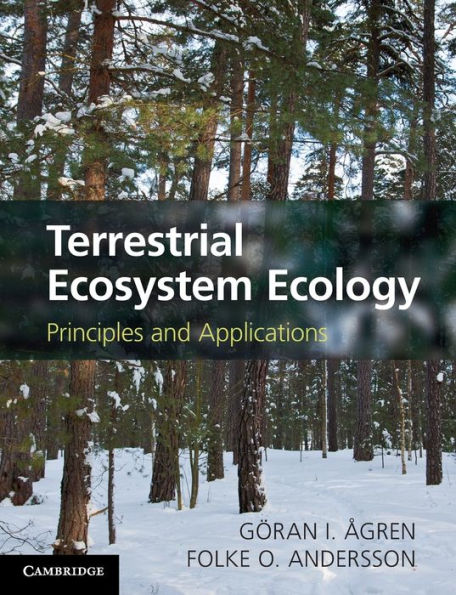Human activities impact the environment and modify the cycles of important elements such as carbon and nitrogen from local to global scales. In order to maintain long-term and sustainable use of the world's natural resources it is important that we understand how and why ecosystems respond to such changes. This book explains the structure and functioning of terrestrial ecosystems, using examples ranging from the Arctic to the tropics to demonstrate how they react under differing conditions. This knowledge is developed into a set of principles that can be used as starting points for analyzing questions about ecosystem behavior. Ecosystem dynamics are also considered, illustrating how ecosystems develop and change over a range of temporal and spatial scales and how they react to perturbations, whether natural or man-made. Throughout the book, descriptive studies are merged with simple mathematical models to reinforce the concepts discussed and aid the development of predictive tools.



